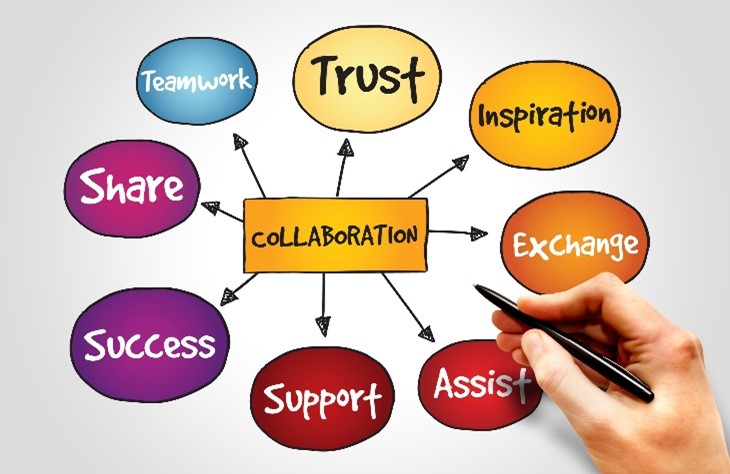Effectiveness of collaborations in tackling environmental crises

Effectiveness of collaborations in tackling environmental crises
by vivienne 03:31pm Jan 02, 2025

Collaborations are highly effective in addressing environmental crises as they bring together diverse stakeholders, resources, and expertise to tackle complex and multifaceted challenges. Here's how they work and why they are impactful:
1. Why Collaborations are Needed
Environmental crises like climate change, biodiversity loss, and pollution are global and interconnected, often surpassing the capacity of any single entity to address them. Collaborations:
Pool resources and expertise.
Enable holistic and systemic solutions.
Foster innovation through shared knowledge and technology.

2. Types of Collaborations
Collaborations addressing environmental crises take various forms:
Government and Intergovernmental Collaborations
Examples: The Paris Agreement, United Nations Framework Convention on Climate Change (UNFCCC).
Impact: Enable coordinated international action, such as setting emissions targets or protecting biodiversity hotspots.
Public-Private Partnerships (PPPs)
Examples: Renewable energy projects funded by governments and private corporations.
Impact: Mobilize private sector innovation and investment, often at a larger scale than public resources alone can achieve.
Corporate and NGO Partnerships
Examples: Conservation efforts led by WWF in collaboration with companies like Coca-Cola to protect freshwater ecosystems.
Impact: Businesses gain insights into sustainability practices, while NGOs access resources and broader influence.
Community-Based Collaborations
Examples: Local cooperatives working with governments or NGOs on sustainable farming or forest conservation.
Impact: Empower local stakeholders, ensuring culturally appropriate and enduring solutions.
Academic and Research Partnerships
Examples: Universities partnering with international organizations to study climate change impacts.
Impact: Provide data-driven insights and technological innovations.
3. Benefits of Collaborations
Resource Efficiency: Shared funding and expertise reduce duplication of effort and maximize impact.
Broader Reach: Combined networks and influence extend the reach of environmental initiatives.
Increased Accountability: Diverse stakeholder involvement encourages transparency and balanced decision-making.
Adaptability and Innovation: Different perspectives foster creative solutions and resilience to challenges.

4. Challenges to Collaboration
Misaligned Goals: Stakeholders may have conflicting priorities, such as profit versus conservation.
Power Dynamics: Larger entities can dominate collaborations, marginalizing smaller or local stakeholders.
Coordination Difficulties: Managing diverse actors and interests requires significant effort and negotiation.
Short-Term Focus: Political or corporate collaborations may prioritize immediate gains over long-term sustainability.
5. Factors for Success
To be effective, collaborations must:
Set Clear Goals: Define measurable outcomes and shared objectives.
Ensure Inclusivity: Involve local communities, marginalized groups, and smaller stakeholders in decision-making.
Promote Transparency: Maintain open communication and accountability for all partners.
Commit to Long-Term Engagement: Ensure efforts are sustained beyond short-term goals or funding cycles.

6. Case Studies of Successful Collaborations
The Great Green Wall Initiative: A collaborative effort across African nations, international organizations, and NGOs to combat desertification and restore degraded landscapes.
Coalition for Rainforest Nations: Governments and environmental organizations working together to implement REDD+ (Reducing Emissions from Deforestation and Forest Degradation).
The Global Plastic Action Partnership: Governments, businesses, and NGOs collaborating to reduce plastic waste globally.
Conclusion
Collaborations are indispensable in tackling environmental crises due to their ability to integrate diverse resources, expertise, and perspectives. While challenges exist, structured and inclusive partnerships that prioritize transparency and long-term commitments can achieve significant and lasting environmental impact.






